What is an outdoor LED strip light
An outdoor LED strip light is a sealed product designed to withstand the rigors of outdoor exposure for visually appealing illumination that lasts its rated life. LED strip lights provide unsurpassed design flexibility for outdoor lighting projects that call for creative customization. Few other lighting products can so dramatically and effortlessly transform the ambience of an environment, reinforce the appeal of a focal point, and create the ultimate light show that inspires conversation and imagination. LED strip lights are low-voltage safe products and can be bent, cut, and extended for the application of your choice. They gives lighting designers and homeowners unrivaled freedom to explore outdoor lighting designs that unify and enhance the relationship between a building or house and the landscaping that surrounds it.
Exterior applications
LED strip lights find their footprints in a diversity of exterior applications. Either installed on themselves or incorporated into aluminum channels, these products can be used to illuminate landscape elements, create architectural impressions, and extend the living or recreational spaces to include the outdoor environment. Landscape lighting can create what is best described as an extension of the interior space. Flexible light strips are landscape lighting all-rounders. Accenting trees and plantings, highlighting structural features, outlining the perimeters of the deck and railings, and illuminating the ground surface of walkways and pathways are just some of the common uses of LED strips. Automate digital LED strip lights to produce fascinating patterns of light for every occasion and activity. Spice up your holiday decoration and breathe excitement into the nightscape with dynamic lighting effects created by color changing LED strip lights. Define the boundaries of gardens and swimming pools with continuous runs of lighting while drawing attention to the landscape and poolscape. There’s no limit to the creative use of LED strip lights to enliven an outdoor space.
Design and construction
An outdoor LED strip light is an elongated flexible strip of printed circuit board which is solder mounted with an array of SMD LEDs. It can be specified in a choice of colors, emitter densities, PCB widths, and control options. LED strips are comprised of a varied number of LED strings connected in parallel. Depending on the forward voltage of the LEDs and the power supply voltage, the LED string may include one or more LEDs that are wired in series. The LED string is the basic module of an LED strip light and the minimal cuttable length of the strip. Flexible LED strips fall into two types. The analog-type LED strip lights are controlled strip-wide or circuit-wide. LEDs that are connected in the same circuit respond to control signals from a remote LED driver or light controller in the same manner. In contrast, a digital-type LED strip light allows for selective control of its LED strings. The LEDs used on the strip light have built-in controller ICs that can individually address the diodes (LED chip) of an LED package. The use of individually addressable LEDs lends the strip light the ability to vary the output of different LED strings simultaneously and perform accurate dimming control for precisely controllable light in RGB color mixing applications.
Color and brightness consistency
Consistency in color and brightness across the tape length or the entire run of lighting is a critical detail in outdoor lighting design. Low voltage LED strip lights are highly susceptible to color and brightness variations due to voltage drops caused by the resistance in long power connections as well as the linear arrangement of the LEDs in relatively lower densities when compared with other types of fixtures. To counter voltage drops over long wire runs, both the output of the power supply and the current carrying capacity of the circuit traces should be scaled to ensure the LEDs located farther from the power supply will receive an adequate amount of voltage. The amount of current flowing through the LEDs must be regulated to ensure every LED receives the same specific amperage rating. In analog LED strips, voltage control and current regulation are provided by resistors or constant current driver ICs. Each LED or LED string is fed through a resistor or driver IC. Driver ICs cost a bit more but outperform resistors in drive current control. Digital LED strips provide tighter current regulation because the addressable LEDs have built-in constant current control. Maintaining consistent light output and color points across the length of the run requires also tight binning of the light output, color point, and forward voltage of the LEDs used on the strip or all strip lights used in a particular lighting project.
Ingress protection
Outdoor LED strip light can be technically challenging products because they are exposed to a range of environmental factors. Watertight integrity is the first consideration in evaluating an outdoor lighting product. Waterproof LED strips are available in ingress rating options of IP65, IP67 and IP68. IP65 rated products are splash-proof. They’re resistant to low pressure jets of water but cannot be submerged in water like ponds, fountains and pools because only the top side of the strip is sealed. IP65 rated LED strip lights are limited to use in outdoor covered structures. Most outdoor LED strips are fully encapsulated by plastic sleeves to an IP67 rating which allows contact with water. These products are protected against direct jets of water and can withstand continuous immersion up to a depth of 1 meter (3.28 feet). However, applications that require long periods of immersion in water to a depth of more than 1 meter requires the light strip to be IP68 rated. IP68 rated LED strip lights are encased by a plastic extrusion or tube. They can be completely submerged to illuminate ponds and other decorative waterscapes. Outdoor LED strip lights are hermetically sealed from end to end. All parts of the lighting system, including electrical connectors, power feeds and terminals, must be engineered to maintain the specified IP rating.
Sealing materials
Not all waterproof LED strip lights are eligible for use in outdoor environments where harsh elements other than water and moisture are present. In exterior settings, it is common for installed light strips to be exposed to UV rays from sunlight, corrosive atmospheres, chlorine-treated water, or extreme changes in ambient conditions. The selection of sealing materials thus makes a lot of sense. LED strips can be sealed using resins such as epoxy, polyurethane (PU) and silicone. Of all sealing materials, silicone is most favored for its superior UV stability, a wide range of operating temperatures (-50 to 200°C), high bonding strength, and good thermal conductivity. The polyurethane resin has some noteworthy qualities (high optical transmission efficiency, outstanding moisture resistance, and excellent resistance to a broad range of chemicals) which makes it a serious competitor to silicone in outdoor applications.
Outdoor reliability
When used in outdoor environments where extreme changes in temperature are often present, special consideration should be given to thermal recycling. Such repeated cycling ultimately compromises watertight integrity and causes reliability issues in the LED system. Silicone has a large coefficient of thermal expansion (CTE). The consequence resulting from this disadvantage can be amplified in extreme weather conditions. Repeated thermal cycling may also result in thermomechanical fatigue of the solder joint due to the CTE mismatch between LED package and circuit board. The reliability of solder joints is influenced by environmental loads, solder material properties, solder reflow profile, and the intermetallics formed within the solder and the copper surfaces where the solder is bonded. To create a strong metallurgical bond in the solder joint, rolled-annealed (RA) copper should be used to form the circuit traces of a flexible circuit board.

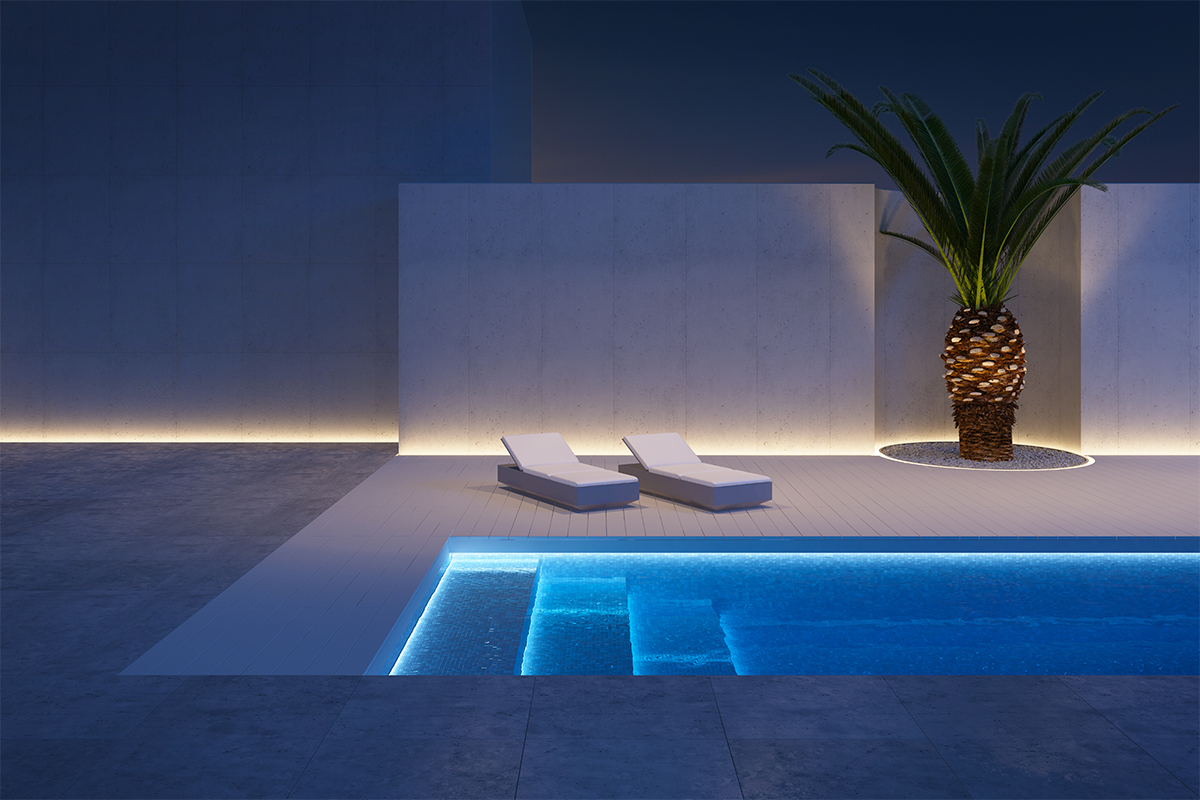
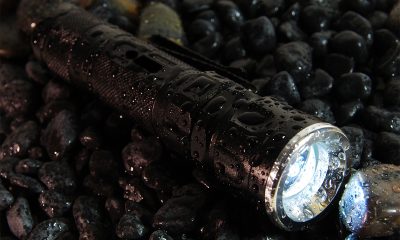


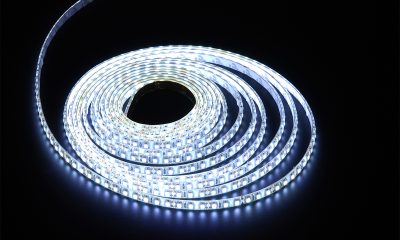
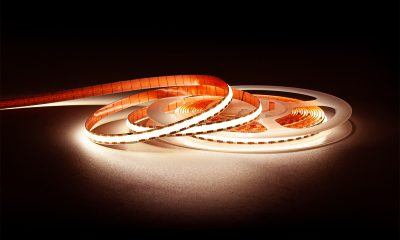



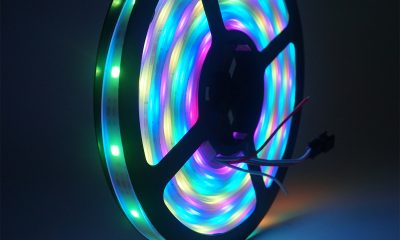
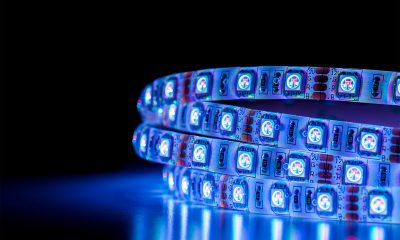
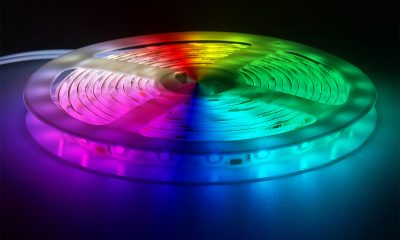






Loading...